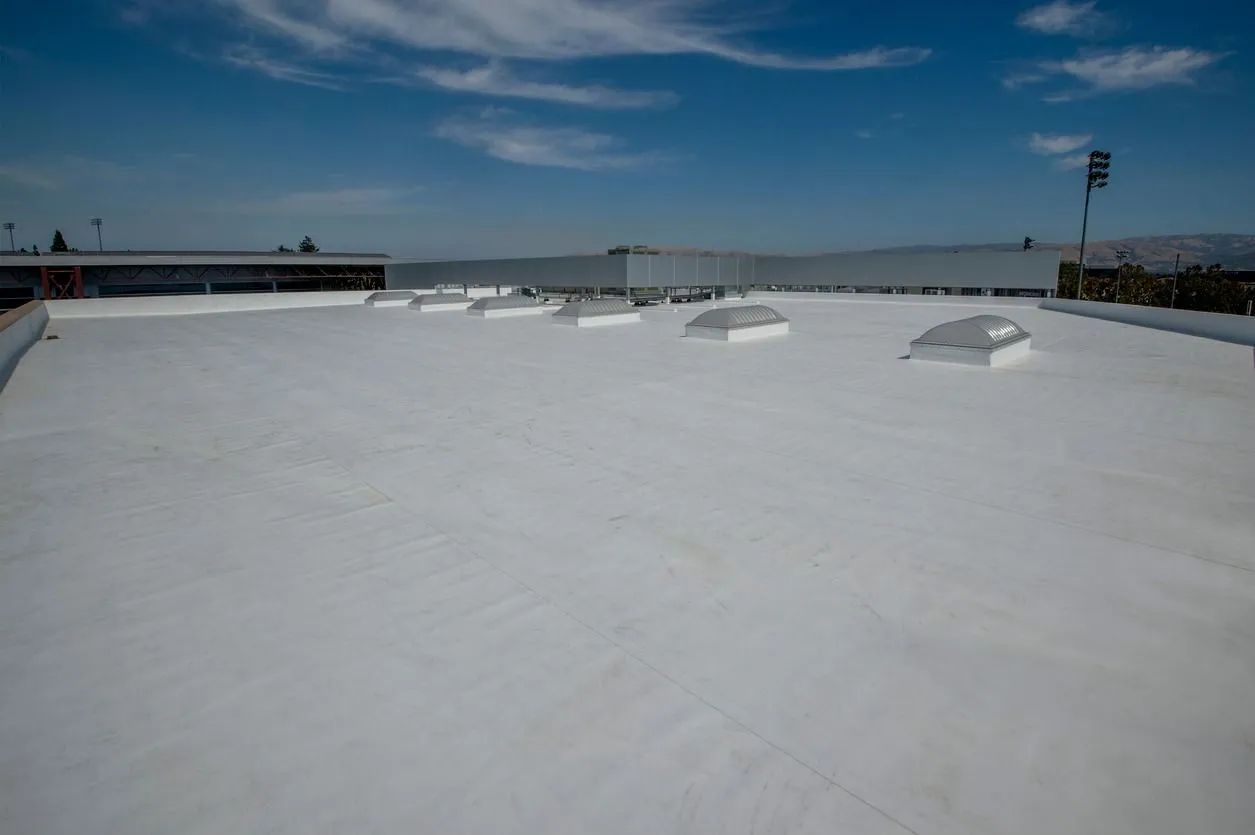How New Siding Can Boost Your Home’s Energy Efficiency
November 11, 2025

Old or damaged siding can do more than just drag down your home’s curb appeal—it can quietly sabotage your energy bills. Worn-out materials, cracks, and poor installation all allow air to escape and enter freely, forcing your heating and cooling systems to work harder. Modern siding, on the other hand, is designed with energy efficiency in mind, offering homeowners a noticeable improvement in indoor comfort and utility savings.
Insulated Siding Makes a Noticeable Difference
Traditional siding materials simply act as a protective barrier against the elements. Today’s insulated siding, however, features built-in foam backing that provides a continuous layer of insulation across exterior walls. This helps prevent thermal bridging, where heat escapes through studs and framing, making your HVAC system work harder. With insulated siding, your home retains indoor temperatures more efficiently, which translates to lower monthly energy costs year-round.
Improved Air Sealing and Moisture Resistance
New siding installation involves more than just replacing panels. Contractors often wrap the home in a weather-resistant barrier before applying the siding, which seals off drafts and provides extra protection against moisture intrusion. By reducing drafts and limiting water damage, this additional step keeps your indoor environment more stable and protects your insulation from losing effectiveness due to dampness or mold.
UV Reflection and Heat Deflection
Energy-efficient siding materials, especially those in lighter shades, are engineered to reflect more sunlight instead of absorbing it. This is especially helpful during warmer months when excessive heat gain can increase indoor temperatures. Vinyl and fiber cement siding with reflective pigments reduce the workload on your air conditioning system, keeping your home cooler naturally.
Better Insulation = Longer Lifespan for HVAC Systems
Because energy-efficient siding reduces how often your heating and cooling systems cycle on and off, it also extends the lifespan of that equipment. Less frequent use means fewer breakdowns, less maintenance, and more years of reliable performance from your furnace and AC units. In the long run, this means fewer unexpected costs and a more dependable indoor climate.
Pairing Siding Upgrades With Other Improvements
For the best performance, new siding can be combined with other upgrades like attic insulation, energy-efficient windows, and sealed ductwork. Together, these improvements create a well-insulated thermal envelope that blocks heat loss in winter and heat gain in summer. If you’ve already upgraded other areas of your home, outdated siding might still be the weak link dragging down efficiency.
Energy Savings Add Up Over Time
While siding is an investment, the long-term energy savings can be significant. Homeowners often see a return on investment through reduced energy bills, fewer repairs, and increased resale value. Energy-efficient siding can also qualify for energy tax credits and rebates in certain areas, adding even more financial benefits to the mix.
Upgrade With Long-Term Comfort in Mind
New siding does more than just transform your home’s appearance—it boosts its performance. From better insulation to improved air sealing and UV reflection, energy-efficient siding is a smart move for homeowners looking to save money and live more comfortably.
Maiden City Contracting
has been helping homeowners in Cynthiana, KY improve their homes for over 20
years. If you’re ready to upgrade your siding and enjoy the benefits of energy efficiency, reach out to Maiden City Contracting
today and take the first step toward a better-performing home.





